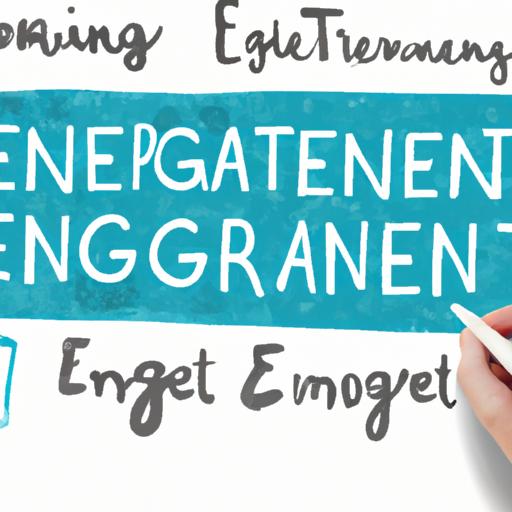“`html
The Role of Augmented Reality in Revolutionizing Education
In a time when educational paradigms are rapidly shifting due to technological advancements, Augmented Reality (AR) has emerged as a game-changer. This innovative technology merges our physical surroundings with digital elements, creating captivating learning opportunities that go beyond traditional textbooks. Imagine students in a classroom interacting with floating three-dimensional models of the planets or delving into intricate cellular structures—all thanks to AR. Such experiences not only capture attention but also encourage curiosity and enhance understanding. Educators who wish to improve knowledge retention and stimulate engagement are turning their focus towards AR, which is about to transform the ways we learn. This article will investigate how augmented reality is reshaping education, its benefits, applications, and what it holds for the future.

Reinventing Classrooms: The Shift Towards Interaction
The digital revolution has transformed classrooms from static places of instruction into engaging interactive hubs powered by Augmented Reality (AR). Teachers can now employ AR technologies to elevate ordinary lessons into rich experiences that captivate students’ interests while deepening comprehension. For example, an anatomy lesson could be invigorated with dynamic 3D representations of human organs where students can actively explore and manipulate these structures in real-time—making abstract concepts more tangible.
Moreover, integrating AR not only enhances student involvement but also promotes collaboration among peers through shared problem-solving experiences. The advantages of adopting AR technologies include:
- Instant feedback: Quick responses help confirm understanding immediately.
- Customized learning journeys: Unique educational paths cater to varying learning preferences.
- Narrative-driven visuals: Craft narratives linking theoretical ideas with practical instances.
The adoption of AR offers educators an enriched educational framework that evolves alongside technological advances—a shift that redefines how we engage with learning processes for both teachers and students alike.

Enhancing Student Involvement and Knowledge Retention Through Immersion
As innovation flourishes in education, augmented reality stands out as an influential tool for elevating student engagement levels while maximizing retention rates. By blending digital components within physical environments, this technology captivates learners’ attention across various subjects—from science experiments replicating real-world scenarios to virtual historical artifacts they can examine up close in simulated museums —making complex ideas more accessible than ever before.
A wealth of case studies highlights successful implementations of AR that address different styles of learning while fostering active participation among students. Its notable benefits include:
- Mediated interactivity: Learners experience content dynamically rather than passively participating.
- Tangible connections: Students perceive direct relevance between academic lessons and their daily lives through practical applications.
- Sensory-rich methodologies: Engaging multiple senses aids significantly in retaining information long-term.
| Learner Participation Method | Dynamism Level | Keen Memory Rate |
|---|---|---|
